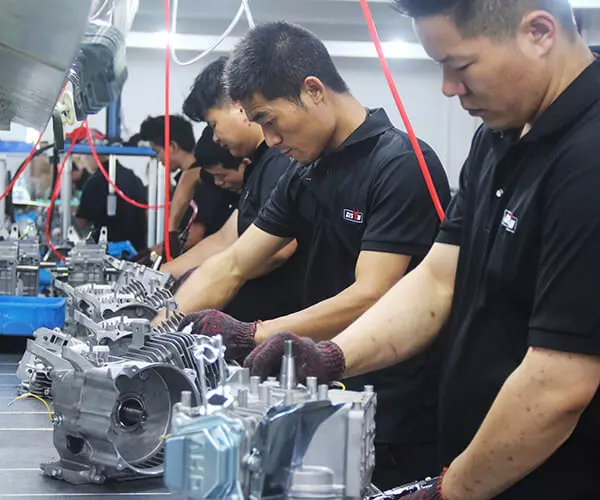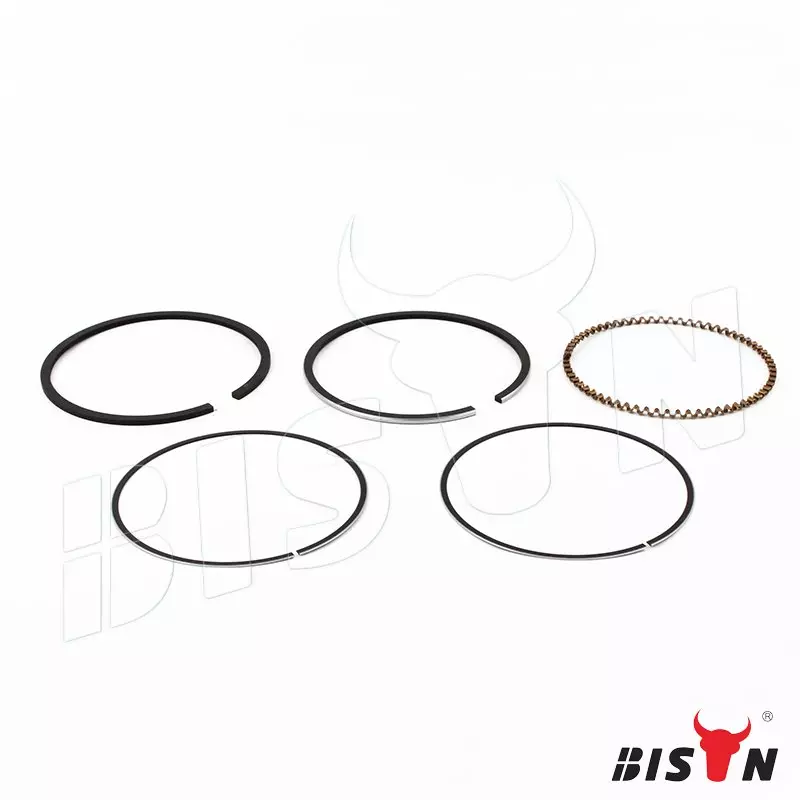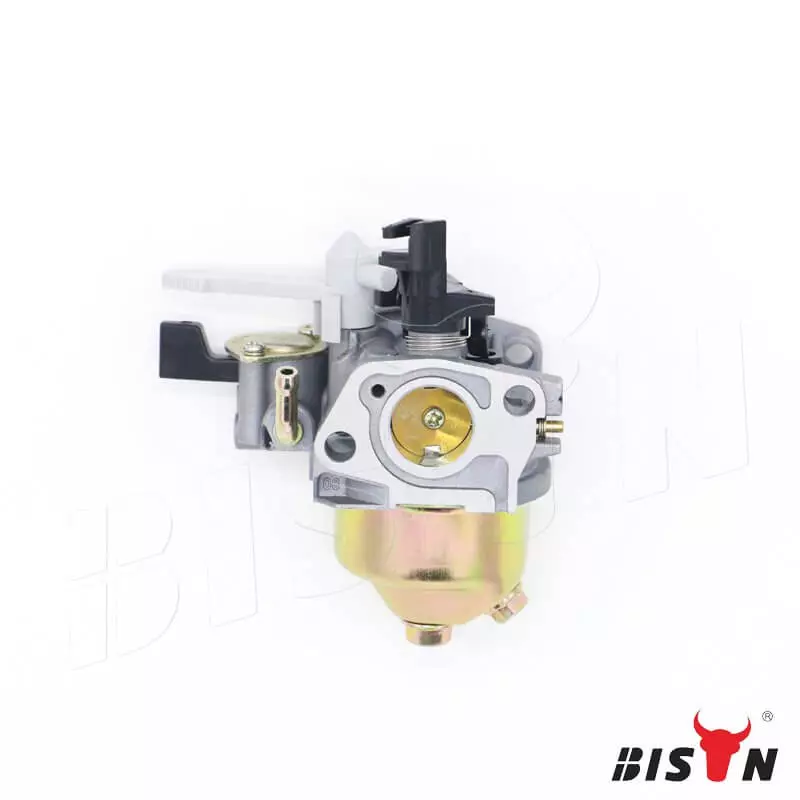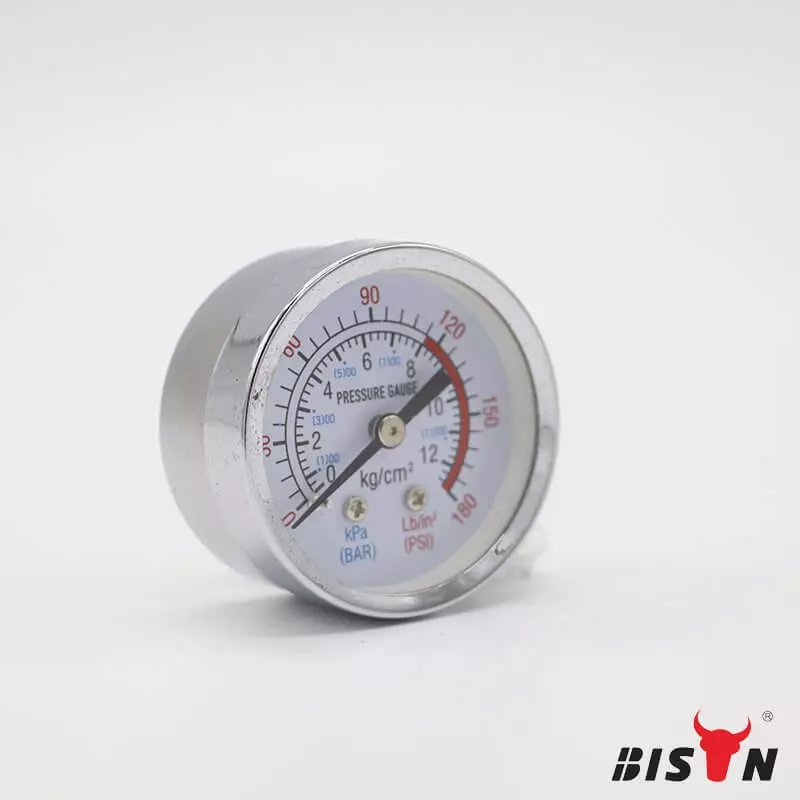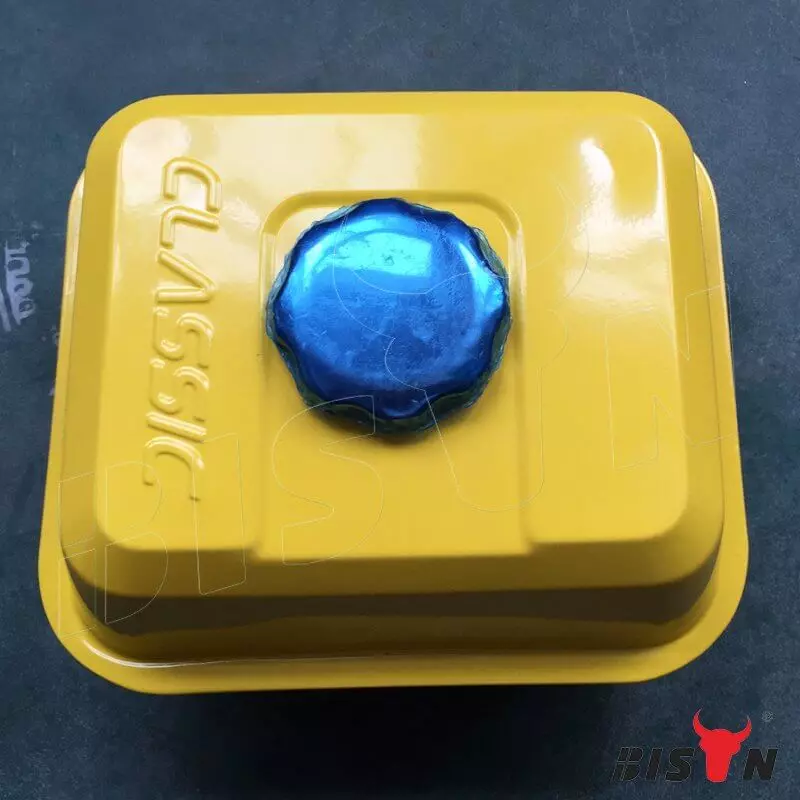

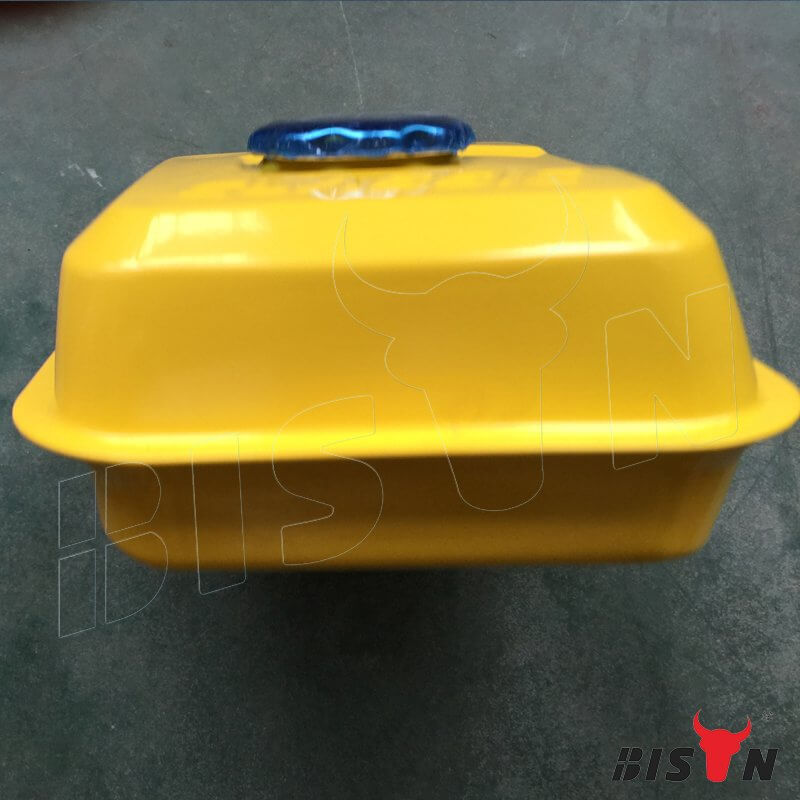
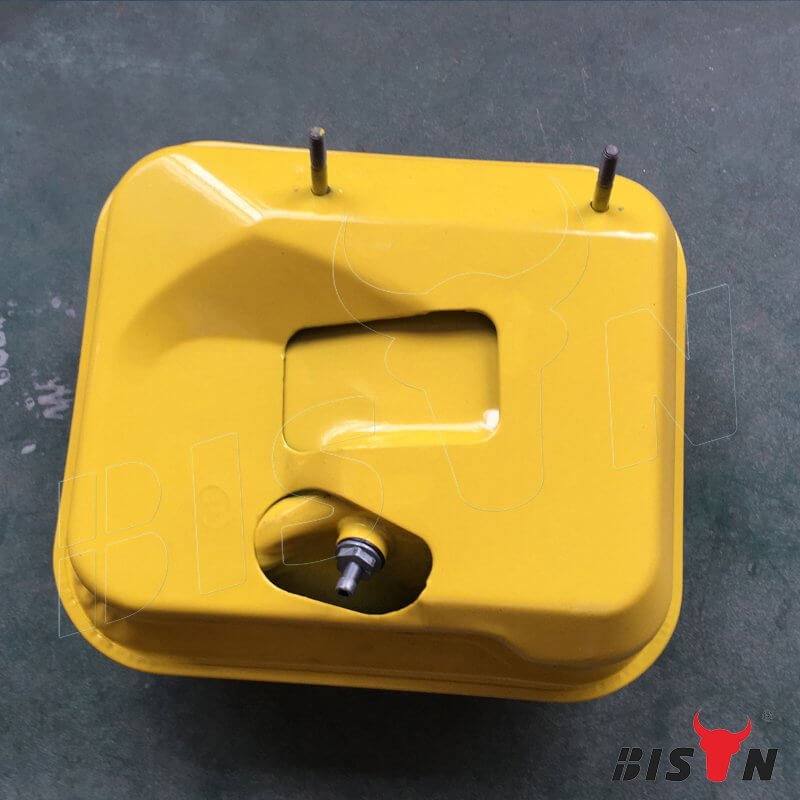
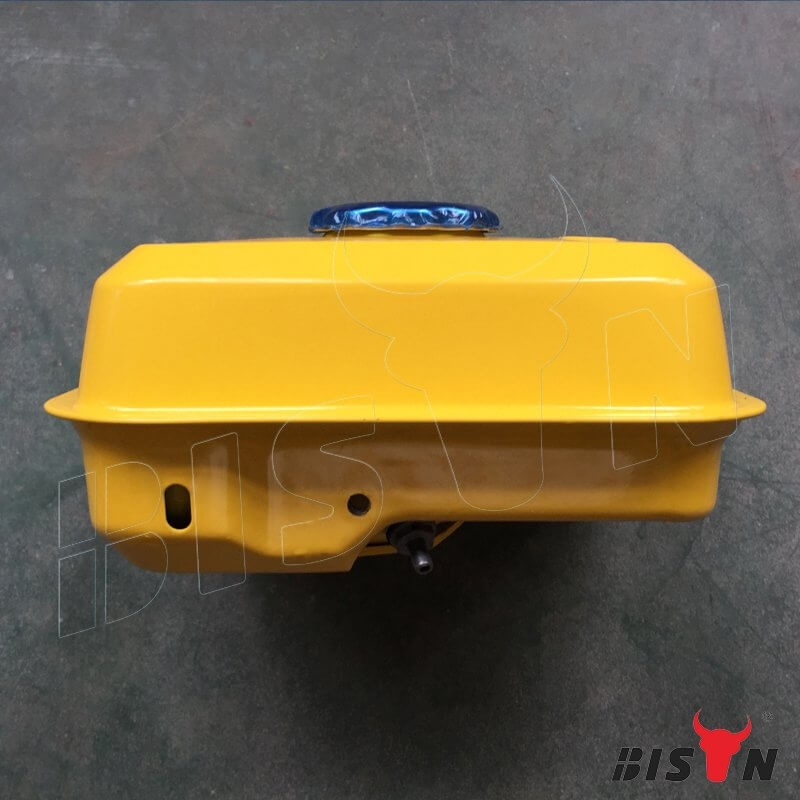

fuel tank details
A fuel tank is a safe container for flammable liquids. Although it can be called any fuel storage tank, the term generally applies to the part of the engine system where fuel is stored and propelled (fuel pump) or released (pressurized gas) into the engine.
Generally, the fuel tank must allow or provide the following:
Fuel storage: The system must contain a given amount of fuel, and must avoid leakage and limit evaporative emissions.
Filling: The fuel tank must be filled in a safe way without sparks.
Provide a method to determine the fuel level in the fuel tank, measurement (the amount of fuel remaining in the fuel tank must be measured or evaluated).
Exhaust (if overpressure is not allowed, fuel vapor must be managed through a valve).
Engine feed (via pump).
Anticipate potential damage and provide safe survival potential.
The fuel tank must be made of non-corrosive materials or coated with a corrosion-resistant layer to prevent the damaging effects of water, alcohol and salt. If the fuel tank is designed to deliver fuel through the fuel line, the convex fuel filter may be located at the bottom of the fuel tank, and the fuel enters the fuel line from the fuel tank. The filter can also be located outside the fuel tank, along the middle of the fuel line.
fuel tank Faq
What is a fuel tank used for?
A fuel tank in the vehicle is an important component of the fuel system in an internal combustion engine. A tank is used to store motor fuel such as petrol, diesel fuel and gas. The present-day fuel tanks can be made of different advanced materials: ferroalloys, aluminum alloys, plastics.
How big is a generator fuel tank?
These tanks are generally larger, although they are available in sizes starting at 60 gallons. Remote fuel tanks are available in both underground and above ground varieties.
